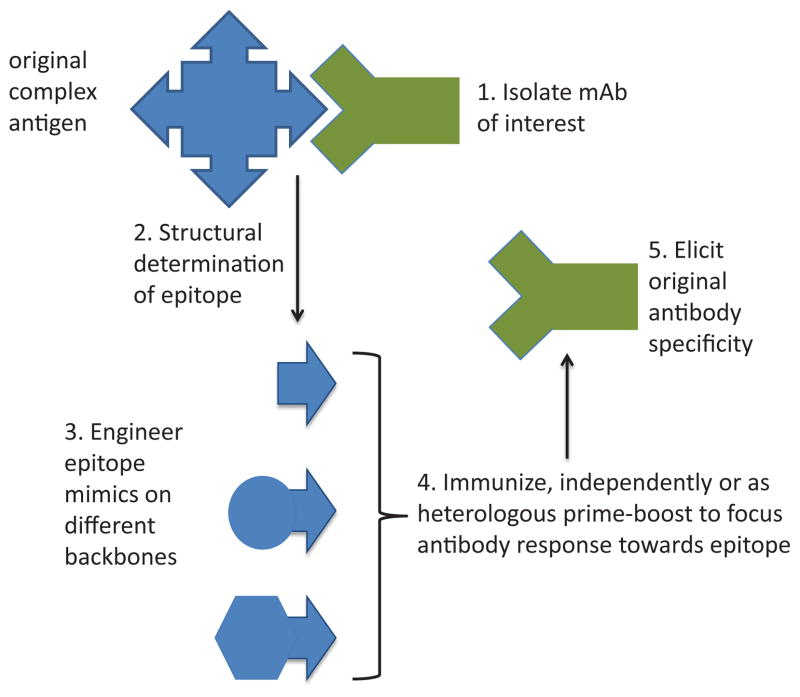Structure based Vaccine Design Service
From the use of inactivated pathogens or toxins, attenuated live pathogens to recombinant subunit and glycoconjugate vaccines, the science of vaccines has come a long way. Recently, structurally designed epitope-focused vaccines have also emerged. Creative Biolabs provides structure-based vaccine design services to determine the structures of antigens and their epitopes, helping our clients with the advanced, rational, structure-based vaccine design.
Protein vaccines consist of purified or recombinant protein antigens from pathogens such as viruses or bacteria. When administered, a protective immune response against the pathogen is elicited. Antigen proteins have the potential for multi-epitope vaccines without limiting the HLA types in patients’ eligibility. Since exogenous soluble protein antigens are often difficult to process by MHC class I pathway, there is a need for efficient CD8+ and CD4+ T-cell inductions in combination with appropriate antigen delivery systems for the clinical development of protein vaccine.
Structural Vaccinology
Structural vaccinology, a branch of structural biology, is an emerging strategy for the rational design of vaccine candidates. Structural vaccines that use protein structural information to design immunogens are expected to provide new vaccines against traditionally difficult targets. This technique stems from the observation that epitopes inducing a protective immune response are restricted to specific domains within the immunogenic protein. Therefore, once these domains are identified and expressed in recombinant form, they can be used as effective immunogens devoid of other regions.
 Fig.1 The structure-based vaccine antigen design strategy. 1
Fig.1 The structure-based vaccine antigen design strategy. 1
Structural Characterization of Antigens and Antigen-Antibody Interactions
Now the structures of most vaccine antigens and their epitopes can be identified and used for advanced, rational, structure-based vaccine design. Understanding the structure of the candidate antigen that becomes a vaccine enables rational design to fine tune its presentation of the immune system or facilitate its manufacturing. Knowing the exact region of antigen recognized and bound by the antibody provides the necessary information for antigen engineering and can be used to guide vaccine design and optimization. The experimental methods necessary to obtain this information are collectively referred to as "epitope mapping". Their important role in the early stages of vaccine design has been recognized for several years. Creative Biolabs provides a series of epitope mapping methods to enable the structure determination of the protein of interest.
Experimental Epitope Mapping. In order to generate reliable information of antibody-antigen interactions, an empirical method of epitope mapping is still necessary. Many experimental methods of epitope mapping are available in Creative Biolabs:
- Scanning through synthetic libraries of peptide fragments
- Phage display
- Mass spectrometry (MS)
- Solution NMR epitope mapping
- Epitope mapping by X-ray crystallography
- Cryoelectron microscopy (cryo-EM)
Computational Methods for Epitope Prediction and Design. The constant development and refinement of computational methods for protein folding and design, driven by the growth of available protein structures in the PDB, can now further help elucidate the molecular bases of antigen-antibody interactions.
Features
- Overcoming the challenge of antigen sequence diversity for the successful design of vaccines with broad coverage.
- Enhancing antigen homogeneity and stability.
- Optimizing epitope presentation.
The structure-based vaccine design provides innovative solutions to engineer new or improved candidate immunogens and vaccines. Creative Biolabs offers first-class structure-based vaccine development services to clients globally. Contact our scientists to discuss your project in details and experience our expert services.
Reference
- Kong, Leopold, and Quentin J. Sattentau. "Antigenicity and immunogenicity in HIV-1 antibody-based vaccine design." Journal of AIDS & clinical research (2012): 003. under the terms of the Creative Commons Attribution License, without modification.
All of our products can only be used for research purposes. These vaccine ingredients CANNOT be used directly on humans or animals.


